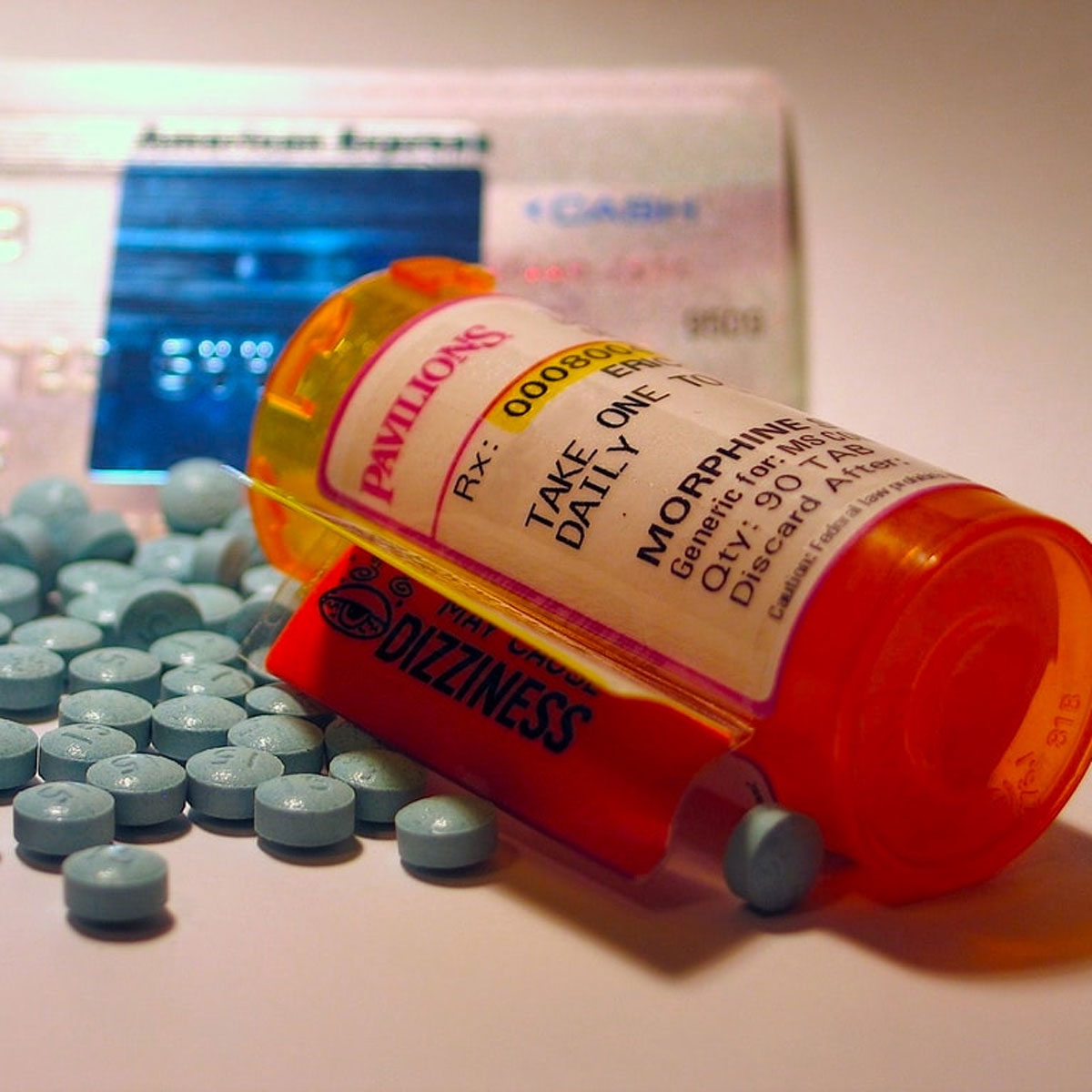Understanding morphine is to understand this paradox: a healing medicine that demands immense respect and caution.
Disclaimer: This post is for informational purposes only and is not medical advice. Morphine is a prescription medication. Its use should always be directed and monitored by a qualified healthcare professional.
What is Morphine?
Morphine is a natural opioid alkaloid extracted from the opium poppy, Papaver somniferum. It is the prototype opioid analgesic, meaning all other opioids are compared to it in terms of potency and effect.
It works by binding to specific opioid receptors in the brain, spinal cord, and other parts of the body. This action blocks the transmission of pain signals and alters the brain’s perception of pain, producing profound relief and a sense of well-being.
The Medical Lifeline: Legitimate Uses
In a controlled medical setting, morphine is an indispensable tool. It is primarily used to manage:
- Severe Acute Pain: Such as pain following major surgery, significant trauma, or burns.
- Chronic Pain: Typically for patients with terminal illnesses like cancer, where the goal is palliative care and quality of life.
- Pain from Myocardial Infarction (Heart Attack): It helps relieve the crushing chest pain and can also reduce anxiety and the workload on the heart.
It is administered in various forms: intravenous (IV) or intramuscular (IM) injections in hospitals, and as oral solutions, immediate-release tablets, or extended-release tablets for chronic pain management.
The Inherent Risks and Side Effects
The same mechanism that makes morphine so effective for pain also produces a range of side effects and risks.
Common Side Effects:
- Drowsiness, sedation, and dizziness
- Nausea and vomiting
- Constipation (which can be severe and often requires proactive management)
- Itching and flushing
- Confusion (especially in older adults)
- Dry mouth
- Pupil constriction (pinpoint pupils)
Serious Risks:
- Respiratory Depression: This is the most dangerous acute risk. Morphine suppresses the brainstem’s drive to breathe. In an overdose, breathing can become slow and shallow, leading to hypoxia, coma, and death. This risk is dramatically increased when morphine is mixed with other depressants like alcohol, benzodiazepines (e.g., Xanax, Valium), or other opioids.
- Tolerance and Physical Dependence: With regular use, the body adapts to the presence of the drug. Tolerance means higher doses are needed to achieve the same pain-relieving effect. Physical dependence means the body will experience withdrawal symptoms if the drug is stopped abruptly. It is crucial to understand that dependence is a expected physiological adaptation and is different from addiction.
- Addiction (Opioid Use Disorder): Addiction is a chronic brain disease characterized by compulsive drug seeking and use despite harmful consequences. While not everyone who takes morphine will become addicted, its potent effects on the brain’s reward system create a significant risk, particularly for those with a personal or family history of substance use disorder.
- Overdose: An overdose occurs when a person takes too much morphine, leading to severe respiratory depression. Signs include:
- Extreme sleepiness or inability to wake up (unresponsiveness)
- Slow, shallow, or stopped breathing
- Cold, clammy skin
- Pinpoint pupils
- An overdose is a medical emergency. Call 911 or emergency services immediately.
Harm Reduction: Safe Use and Critical Knowledge
For patients prescribed morphine, and for their loved ones, safety is paramount.
- Follow Prescribing Instructions Exactly: Never take more than prescribed or more frequently than directed. Do not crush or chew extended-release tablets, as this can cause a rapid, dangerous release of the entire dose.
- Never Mix with Other Depressants: The combination of morphine with alcohol, benzodiazepines, or sleep aids is a leading cause of fatal overdose.
- Secure Your Medication: Keep morphine in a safe, locked place to prevent theft, misuse, or accidental ingestion by children or pets.
- Talk Openly with Your Doctor: Discuss side effects, concerns about dependence, and any history of substance use. Have a plan for managing constipation.
- Have Naloxone Available: Naloxone (Narcan®) is a life-saving medication that can reverse an opioid overdose. If you or a family member is prescribed an opioid, ask your doctor or pharmacist about obtaining naloxone and learn how to use it.
- Proper Disposal: Dispose of any unused medication at a pharmacy take-back program to prevent misuse or environmental harm.
The Bottom Line
Morphine is not a „good“ or „bad“ drug; it is a powerful tool. In the hands of medical professionals, it is a force for immense good, capable of alleviating suffering that few other medicines can touch. Outside of careful medical supervision, it carries a high potential for life-threatening danger.
Respect for its power, adherence to medical guidance, and awareness of the risks are non-negotiable. If you have questions or concerns about a morphine prescription, your doctor is your best resource. Your safety and well-being depend on an informed and cautious approach.

